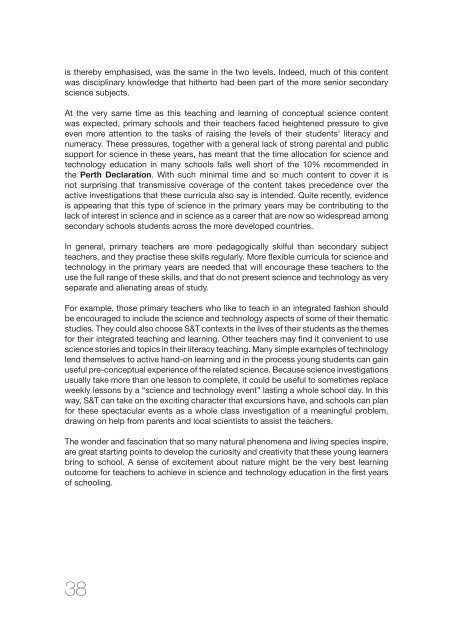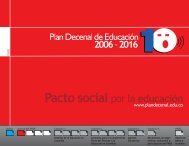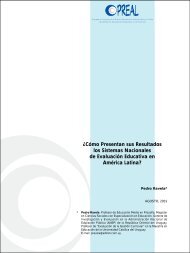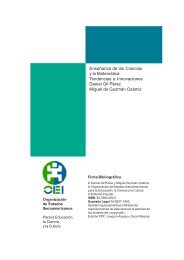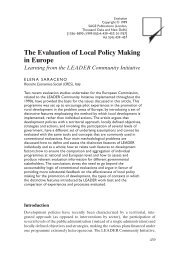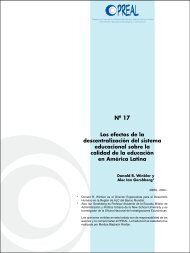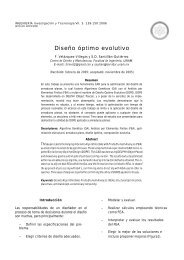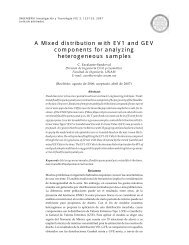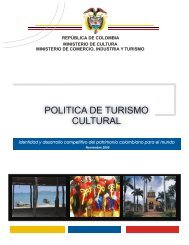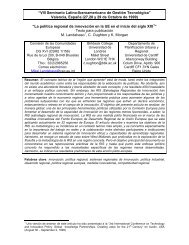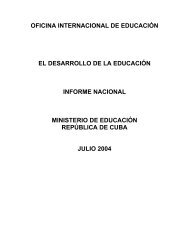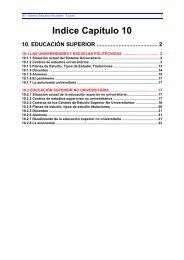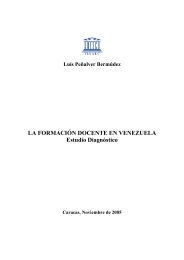Science education policy-making: eleven emerging issues; 2008 - OEI
Science education policy-making: eleven emerging issues; 2008 - OEI
Science education policy-making: eleven emerging issues; 2008 - OEI
Create successful ePaper yourself
Turn your PDF publications into a flip-book with our unique Google optimized e-Paper software.
is thereby emphasised, was the same in the two levels. Indeed, much of this content<br />
was disciplinary knowledge that hitherto had been part of the more senior secondary<br />
science subjects.<br />
At the very same time as this teaching and learning of conceptual science content<br />
was expected, primary schools and their teachers faced heightened pressure to give<br />
even more attention to the tasks of raising the levels of their students’ literacy and<br />
numeracy. These pressures, together with a general lack of strong parental and public<br />
support for science in these years, has meant that the time allocation for science and<br />
technology <strong>education</strong> in many schools falls well short of the 10% recommended in<br />
the Perth Declaration. With such minimal time and so much content to cover it is<br />
not surprising that transmissive coverage of the content takes precedence over the<br />
active investigations that these curricula also say is intended. Quite recently, evidence<br />
is appearing that this type of science in the primary years may be contributing to the<br />
lack of interest in science and in science as a career that are now so widespread among<br />
secondary schools students across the more developed countries.<br />
In general, primary teachers are more pedagogically skilful than secondary subject<br />
teachers, and they practise these skills regularly. More flexible curricula for science and<br />
technology in the primary years are needed that will encourage these teachers to the<br />
use the full range of these skills, and that do not present science and technology as very<br />
separate and alienating areas of study.<br />
For example, those primary teachers who like to teach in an integrated fashion should<br />
be encouraged to include the science and technology aspects of some of their thematic<br />
studies. They could also choose S&T contexts in the lives of their students as the themes<br />
for their integrated teaching and learning. Other teachers may find it convenient to use<br />
science stories and topics in their literacy teaching. Many simple examples of technology<br />
lend themselves to active hand-on learning and in the process young students can gain<br />
useful pre-conceptual experience of the related science. Because science investigations<br />
usually take more than one lesson to complete, it could be useful to sometimes replace<br />
weekly lessons by a “science and technology event” lasting a whole school day. In this<br />
way, S&T can take on the exciting character that excursions have, and schools can plan<br />
for these spectacular events as a whole class investigation of a meaningful problem,<br />
drawing on help from parents and local scientists to assist the teachers.<br />
The wonder and fascination that so many natural phenomena and living species inspire,<br />
are great starting points to develop the curiosity and creativity that these young learners<br />
bring to school. A sense of excitement about nature might be the very best learning<br />
outcome for teachers to achieve in science and technology <strong>education</strong> in the first years<br />
of schooling.<br />
38


